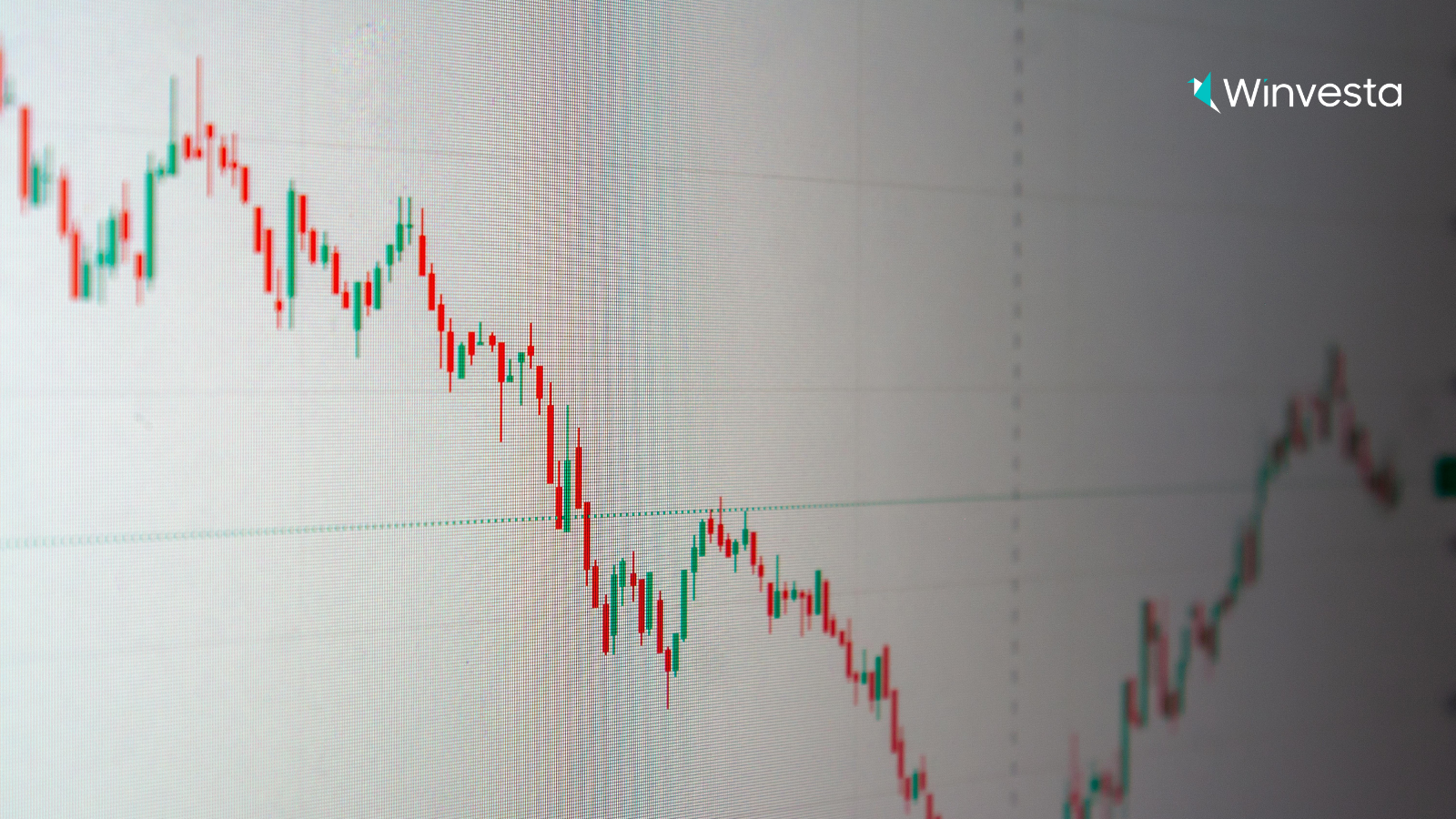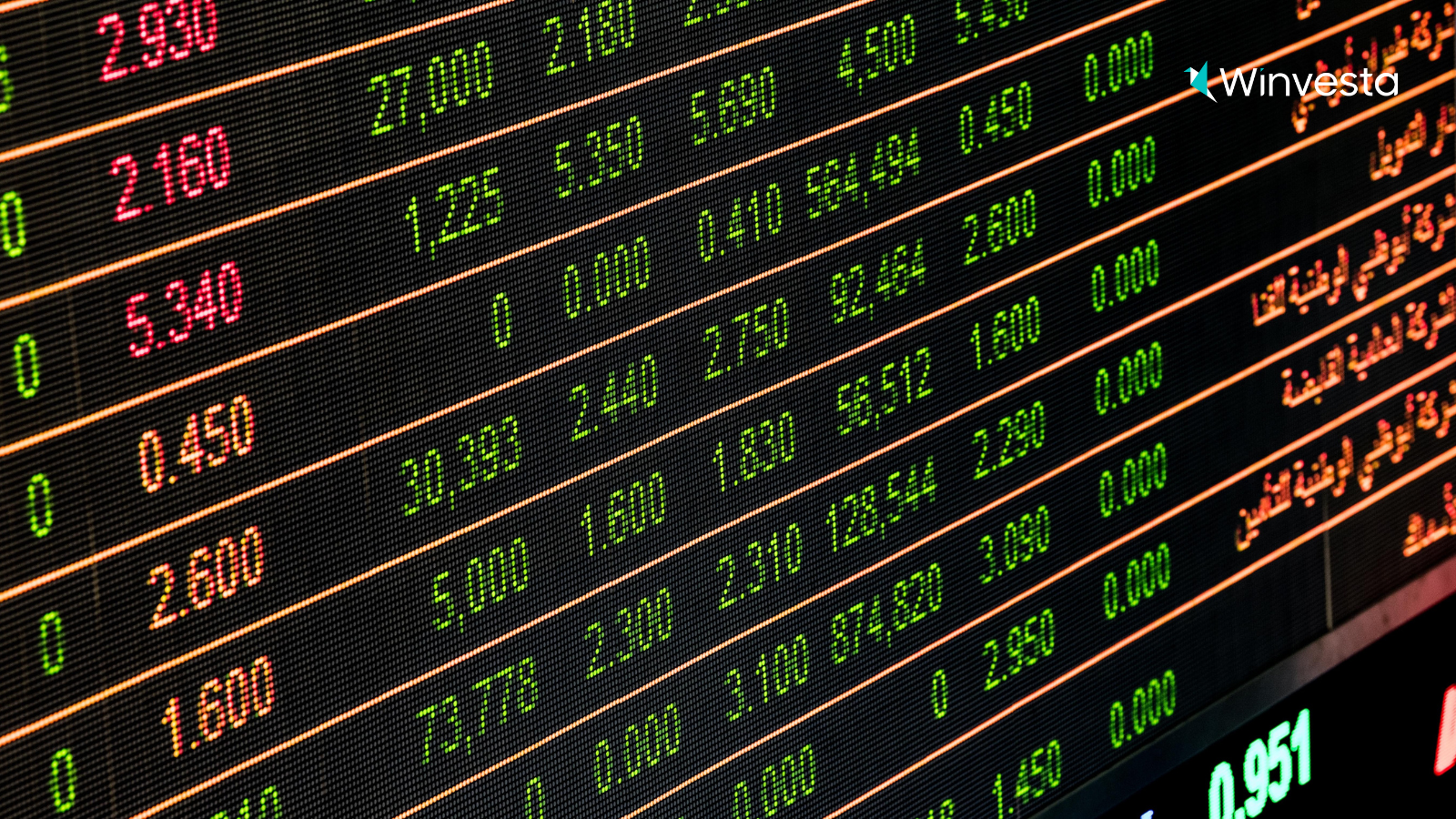Contents
What Happens To The Markets During Stagflation?
6 minutes read
29 May 2025

The world economy is facing a major problem right now. Prices are continuing to rise while growth slows, creating what experts call stagflation.
In India, prices have stayed too high for five months. The US has had the highest price rises in 40 years. At the same time, the world's biggest economy shrank by 1.4% early in 2022.
This combo of shrinking economy and rising prices makes experts wonder: Are we heading into stagflation? More important for you: How will your money perform if this happens?
What is stagflation: when bad things happen together
Stagflation mixes two bad things. You get slow growth plus high prices. This hurts most people badly.
Workers lose jobs or worry about losing them. People who keep their jobs can't buy as much with their pay. Food, gas, and rent cost more while wages stay the same.
The word "stagflation" started in the 1960s. People called it a "stagnating situation." But Americans really felt it in the 1970s.
Back then, the US economy shrank for five quarters straight. Prices doubled in 1973. By 1974, they rose even faster. In 1975, nearly 1 in 10 people couldn't find work. Families struggled to buy basic things while jobs disappeared.
Today looks different. Only 3.6% of Americans can't find work now. This matches levels before COVID hit. This big difference explains why most experts don't call today's economy stagflation yet.
What causes stagflation in today's world?
Several things can push an economy into stagflation. Knowing these causes helps you prepare for what might happen to your money.
Too much money printing creates high prices
When governments print too much money, prices go up. The US Federal Reserve made $3 trillion between March and June 2020. They added another $325 billion in 2021.
They did this to keep interest rates low and help the economy grow. But putting too much money into the system makes prices rise. The US sees this happening now.
The Federal Reserve fights back by raising interest rates. They also shrink the money supply. These moves try to take extra money out of the system.
Supply problems make prices jump
When supplies get cut off suddenly, stagflation can start fast. Russia's war in Ukraine made oil prices shoot up earlier this year. Oil still costs over $100 per barrel.
Supply chain problems make this worse. Companies can't get the parts they need. Higher oil prices make shipping more expensive. These rising costs hurt company profits and slow growth.
Past examples teach us lessons
The world has seen stagflation before. Two big episodes hit the US hard.
The first happened from 1974 to 1975. The second lasted from 1978 to 1982. Both times came with recessions that made things worse for American families.
More recently, Zimbabwe had bad stagflation in 2018 and 2019. Economic shocks forced their government to print way too much money while their economy shrank.
How your investments perform during stagflation
%20(10).png?width=1600&height=900&name=Blog%20images%20(2)%20(10).png)
Smart investors need to know how different investments act during stagflation. Each type faces its challenges and chances.
Cash becomes your best friend
US investors now hold more cash than at any time since 9/11. A Bank of America survey found money managers keeping 6.1% in cash, up from 5.5% last month.
Funds that hold Treasury bills get their biggest money flows since 2020. The US Dollar hit 20-year highs as investors dump stocks for safer bets.
This rush to safety shows the old wisdom: "Cash is king when times get tough." Cash doesn't grow, but it keeps its value better than many other things during stagflation.
Commodities give mixed results
Many investors think commodities protect against high prices. But the real story gets more complex during stagflation.
Many metals now trade at their lowest prices in months despite high inflation. A strong US dollar makes commodities cost more for foreign buyers. This cuts demand.
Gold shows an interesting case. David Lennox of Fat Prophets thinks gold could hit $2,500 per ounce. But this only works if the US dollar gets weaker. This shows how currency moves can beat traditional inflation protection.
Stock markets face big problems
Stock markets struggle hard during stagflation. Companies deal with falling sales, rising costs, and smaller profits all at once.
Growth stocks hurt the most during these times. Many growth companies lost half their value this year as investors ran from high prices.
Investment experts suggest a "barbell strategy" for stock investors during stagflation:
- Buy stocks with low prices compared to earnings
- Pick companies with lots of free cash flow
- Look for stocks that pay good dividends
- Avoid companies that depend on future growth promises
This approach helps you survive the storm while still owning some stocks.
Bonds face tough choices
Government bonds create a puzzle during stagflation. They help when real interest rates fall as growth slows. But rising prices create big problems.
Higher prices push bond rates up and bond prices down. Here's an example: A US 10-year Treasury bond pays 2.57% now. With prices rising 8%, you will lose money for sure.
This guaranteed loss makes bonds extra hard during stagflation. You must weigh the safety of government backing against the certainty that inflation eats your money.
REITs give some price protection
Real Estate Investment Trusts (REITs) have become popular with income investors. As of March 2022, REIT returns fell between global stocks and global bonds.
REITs can protect against some price rises in several ways:
- Property values usually rise with inflation
- Rental contracts often have inflation adjustments
- These increases flow to investor returns
But REITs face pressure when bond rates and mortgage rates rise a lot. Higher borrowing costs reduce property values and limit growth chances.
Smart ways to invest during stagflation
Successful investing during stagflation needs careful planning and spreading risk. No single plan works perfectly, but several approaches can help protect your money.
Spread your money around more
Putting money in different types of investments cuts your overall risk. Think about dividing funds among:
- High-dividend stocks in defensive areas
- Government bonds that protect against inflation
- Commodity-focused investments
- Real estate through REITs
- Cash reserves for good opportunities
Focus on things people always need
Companies that provide necessities often do better during stagflation. People still need food, healthcare, utilities, and basic goods no matter what happens to the economy.
Look for businesses that can raise prices - companies that can pass higher costs to customers without losing too many sales.
Invest in other countries
Portfolios focused only on the US might miss chances in markets less hurt by domestic stagflation. International stocks and bonds can help spread geographic risk.
Emerging markets sometimes offer better growth chances when developed economies struggle.

Ready to own a piece of the world’s biggest brands?
- Invest in 4,000+ US stocks & ETFs
- Fractional investing
- Zero account opening fees
- Secure and seamless
Start investing in just 2 minutes!

Build your global portfolio.
.png)
Invest in companies you love, like Apple and Tesla.

Track, manage, and grow your investments.
What to expect during tough times
The World Bank wrote a report about rising stagflation risks. They warn of harmful effects for middle and low-income countries. This global view shows the challenge facing investors everywhere.
During such shaky periods, investors benefit from following proven principles. The investment saying "buy right, sit tight" becomes extra important during stagflation.
This approach focuses on:
- Good research before making investment choices
- Long-term thinking over short-term market moves
- Patience during periods of market stress
- Discipline in sticking to investment plans
Market ups and downs during stagflation create both risks and chances. Prepared investors can potentially benefit from others' panic selling while protecting their wealth.
Real examples make it clear
Think about what happened in the 1970s. Stock investors who panicked and sold everything missed the recovery that followed. Those who stayed invested and bought quality companies at low prices did much better over time.
During that period, companies like McDonald's and Walmart grew stronger. They provided essential services at low prices. Their stocks rewarded patient investors who held on.
Similarly, investors who bought real estate during the 1970s stagflation period saw their properties become much more valuable over time. Real estate acted as a good hedge against rising prices.
Simple steps you can take now
You don't need to be an expert to prepare for possible stagflation. Here are simple steps anyone can follow:
Start by reviewing your current investments. Do you have too much in growth stocks? Consider moving some money to dividend-paying stocks in essential industries.
Build up your cash reserves. Aim for 6-12 months of expenses in savings. This gives you flexibility during tough times.
Consider adding some international exposure. This could be through international stock funds or emerging market investments.
Look into REITs or real estate if you don't own any. Even a small allocation can help protect against rising prices.
Don't try to time the market perfectly. Instead, make gradual changes over several months. This approach reduces the risk of making big mistakes.
At Winvesta, we give investors access to over 4,500 US stocks and ETFs, plus accounts that handle multiple currencies for individuals and businesses. This wide selection helps you build varied portfolios that can handle different economic situations.
The key to successful stagflation investing lies in understanding the unique problems this environment creates. By preparing well and staying disciplined, you can protect your wealth while positioning for eventual economic recovery. Remember that even the toughest economic periods eventually end. Those who stay invested often benefit most from the eventual turnaround.
Smart planning today can help you navigate whatever economic challenges lie ahead. The goal isn't to get rich quick during stagflation - it's to preserve and slowly grow your wealth until better times return.
Frequently asked questions about stagflation?


Contributed by Denila Lobo
Denila is a content writer at Winvesta. She crafts clear, concise content on international payments, helping freelancers and businesses easily navigate global financial solutions.



